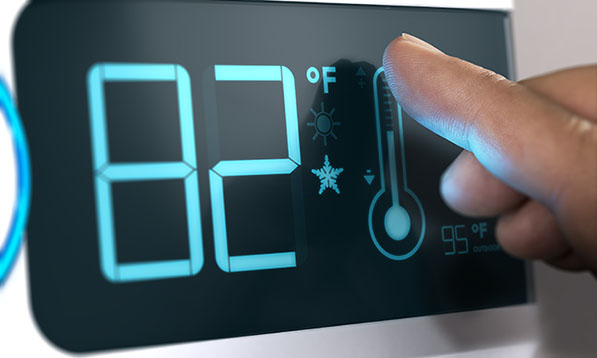After some twists and turns, the Occupational Safety and Health Standards Board (OSHSB) recently voted to adopt its proposed indoor heat illness standard. The vote’s validity, however, is in question.
As previously reported, the California Division of Occupational Safety and Health (Cal/OSHA) started the indoor heat illness standard’s formal rulemaking in March 2023, meaning the rulemaking must be presented to the Office of Administrative Law (OAL) for review by the end of this month. After the latest revision in December 2023, the OSHSB was expected to adopt the new standard at its March 21, 2024, meeting.
At the last minute, however, the California Department of Finance withdrew their required approval of the standard based on its potential financial impact on public sector entities, which it asserted had not been fully analyzed in the Standard Regulatory Impact Analysis (SRIA) supporting the rule. The last-minute change caused quite a stir at the meeting, but the big surprise was the decision of OSHSB to — despite not having Department of Finance’s approval — vote on the standard anyway, which it approved unanimously.
Given these circumstances, it’s not entirely clear how the process moves forward from here. But, regardless of how these agencies sort through this, it seems inevitable that an indoor heat illness standard will be implemented eventually given the OSHSB’s unanimous vote in favor last week. As a result, employers should review and be ready for a standard that is the same or substantially similar in the future.
In its current form, the proposed indoor heat illness standard applies to most indoor work areas where the temperature reaches or exceeds 82 degrees Fahrenheit, with a few exceptions. Some of the general requirements include the following:
- Establish and maintain a written Heat Illness Prevention Plan, which may be incorporated into their existing Injury and Illness Prevention Program or maintained as a separate document.
- Provide effective training to employees and supervisors on specified heat illness topics.
- Have and maintain one or more “cool-down areas” when employees are present, which must be kept at a temperature below 82 degrees.
- Allow and encourage employees to take preventative cool-down rests in the cool-down area(s) when they feel the need to do so and monitor them for signs of heat illness.
- Provide free drinking water near where employees are working.
- Observe all employees during heat waves in areas where no measures control the effect of outdoor heat on indoor temperatures.
- Develop emergency response procedures.
When the temperature exceeds 87 degrees — or 82 degrees if employees are wearing clothing that restricts heat removal (e.g., full body clothing that’s waterproof, designed to protect wearer from chemicals or other hazards, etc.) — then additional requirements kick in. Under those circumstances, employers will need to:
- Measure the temperature and heat index, and identify and evaluate all other environmental risk factors for heat illness. Employers must keep records of the temperature/heat index.
- Implement control measures to minimize the risk of heat illness. This may include:
- Using air conditioners, swamp coolers, ventilation or other measures to reduce the air temperature (engineering controls);
- Adjusting work procedures, practices or schedules to minimize exposure to heat (administrative controls); or
- Using personal heat-protective equipment such as water or air-cooled garments, heat reflective clothing and others.
- Observe new employees for 14 days when working under these conditions.
CalChamber will continue to monitor developments of the indoor heat illness standard and provide updates as circumstances develop.
James W. Ward, Employment Law Subject Matter Expert/Legal Writer and Editor
CalChamber members can read more about Outdoor Workplaces v. Indoor Workplaces in the HR Library. Not a member? Learn how to power your business with a CalChamber membership.





